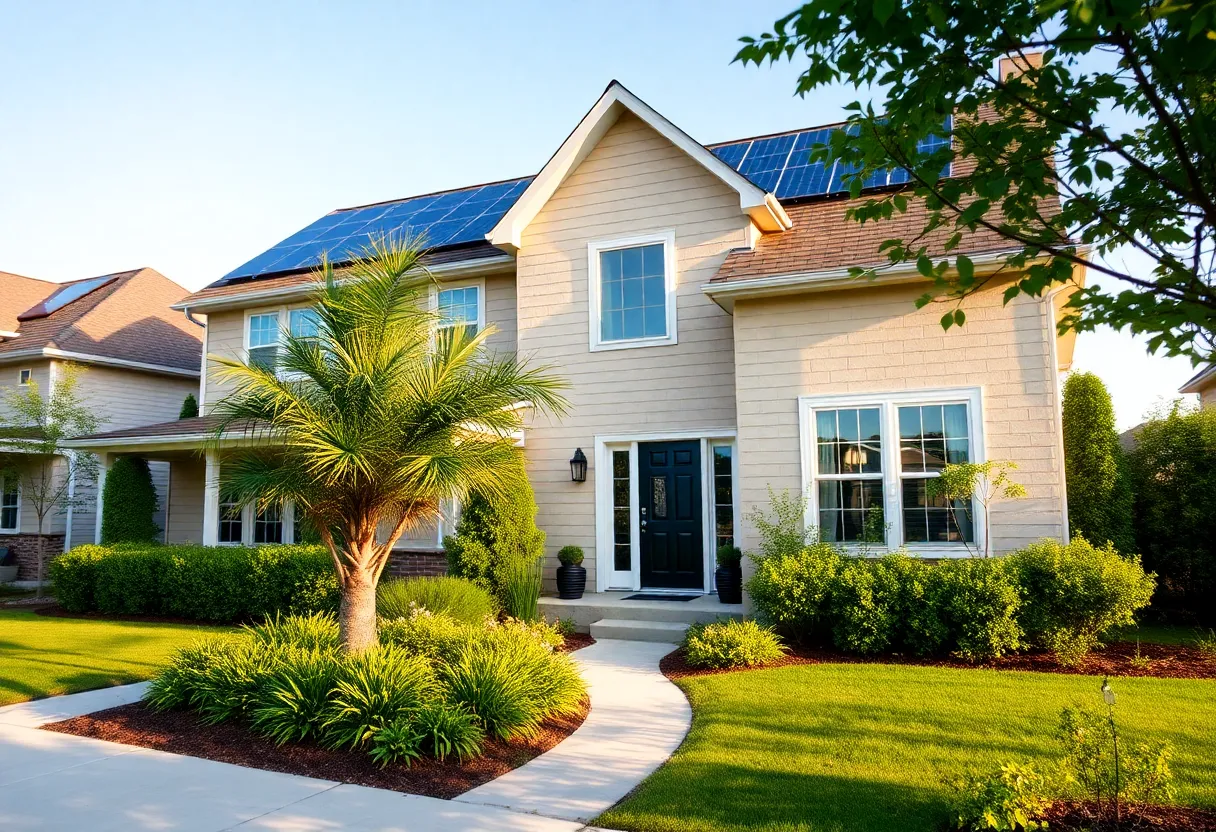How to Boost Energy Efficiency in Your Home: Practical Tips for Every Homeowner
Improving energy efficiency is an essential strategy for reducing utility costs and minimizing environmental impact. For homeowners, understanding the core principles and implementing targeted measures can lead to substantial savings and a more sustainable residence.
Foundations of Home Energy Efficiency
What Is Energy Efficiency in Residential Settings?
Energy efficiency in homes refers to using less energy to perform the same tasks. This balance minimizes waste, lowers bills, and reduces carbon footprint. Efficient homes deliver comfort while consuming minimal resources.
Why Is Boosting Home Energy Efficiency Important?
- Cost Savings: Reduced energy bills over time.
- Environmental Impact: Lower greenhouse gas emissions.
- Enhanced Comfort: Improved indoor climate control.
- Property Value: Increasing home attractiveness and marketability.
Practical Steps to Enhance Energy Efficiency
1. Conduct a Comprehensive Energy Audit
Beginnings of effective energy improvement depend on understanding current performance. An energy audit pinpoints inefficiencies such as air leaks, insulation gaps, and outdated systems.
- Visual inspections of insulation, windows, and doors.
- Use of specialized tools like thermal cameras or blower doors.
- Prioritize areas with the highest potential for savings.
After assessment, develop a targeted improvement plan based on findings.
2. Upgrade to High-Performance Windows and Doors
Windows and doors are primary ingress points for heat loss or gain. Investing in energy-efficient glazing and well-sealed frames enhances insulation. Consider options like double or triple-glazed windows with low-emissivity coatings and durable weatherstripping.
Properly installed, this upgrade can reduce heating and cooling loads significantly.
3. Enhance Insulation in Attics, Walls, and Foundations
Insulation quality directly impacts thermal retention. Attics warrant particular attention due to heat loss through the roof. Use materials like fiberglass batts, spray foam, or cellulose. Walls and floors should be similarly insulated, especially in older buildings.
Effective insulation maintains the desired indoor temperature, lowering the demand on HVAC systems.
4. Upgrade Heating, Ventilation, and Air Conditioning (HVAC) Systems
Modern HVAC units operate more efficiently than older models. Look for systems with high Seasonal Energy Efficiency Ratio (SEER) ratings for air conditioning and high Annual Fuel Utilization Efficiency (AFUE) for furnaces. These upgrades reduce energy consumption while providing reliable climate control.
Incorporate smart thermostats to optimize system operation based on occupancy and time of day.
5. Implement Smart Home Technologies
Smart devices promote precise energy use management. Features include programmable thermostats, motion sensors, and automated lighting. These systems adjust energy consumption dynamically, avoiding waste when spaces are unoccupied.
Ensure devices are configured for maximum efficiency and integrated seamlessly.
6. Upgrade Lighting to Energy-Efficient Alternatives
Transition from incandescent bulbs to LED lighting. LEDs consume up to 80% less energy and last longer, providing immediate savings and reducing maintenance costs.
Incorporate dimmers and motion sensors to further optimize lighting usage.
7. Adopt Water Conservation Measures
Heating water accounts for a significant energy load. Use low-flow fixtures, dual-flush toilets, and tankless or high-efficiency water heaters. Insulate hot water pipes to reduce heat loss during circulation.
These measures contribute to overall energy reduction and operational savings.
Additional Strategies for Maximum Efficiency
1. Seal Air Leaks and Drafts
Identify and seal gaps around windows, doors, electrical outlets, and vents with weatherstripping or caulk. Maintaining airtightness prevents unwanted heat transfer, lowering HVAC loads.
2. Optimize Ventilation and Exhaust Systems
Proper ventilation ensures indoor air quality without compromising energy efficiency. Use energy recovery ventilators (ERVs) or heat recovery ventilators (HRVs) that exchange indoor and outdoor air while conserving energy.
3. Use Renewable Energy Sources
Integrate solar panels or wind turbines where feasible. These renewable systems can offset energy use from conventional sources, further lowering bills.
Tax incentives or rebates may support such investments, enhancing overall ROI.
Maintenance and Monitoring: Ensuring Long-Term Success
1. Regular System Maintenance
Scheduled inspections and servicing of HVAC, water heaters, and ventilation systems uphold efficiency. Replace filters regularly and repair leaks promptly.
2. Continuous Monitoring and Adjustment
Use energy monitoring tools to assess consumption patterns over time. Analyze data periodically to identify new opportunities for savings and adjust settings accordingly.
Cost-Effective Implementation and Return on Investment
Prioritize upgrades based on return potential and immediate impact. For example, air sealing and insulation often yield quick savings with relatively low upfront costs. In contrast, renewable energy systems require higher capital but offer long-term benefits.
Calculate payback periods to inform decision-making. Focus on modifications that combine affordability, efficiency gains, and durability.
Policy and Incentives That Support Home Efficiency
While this article avoids organizational endorsements, understanding available incentives can facilitate investments. Many regions offer rebates or tax credits for energy-efficient upgrades. These incentives can reduce upfront costs and accelerate ROI.
Stay informed about local regulations and standards to ensure compliance and maximize benefits.
Conclusion
Increasing your home’s energy efficiency is a deliberate process grounded in understanding core principles. Conduct initial assessments, implement targeted upgrades, and maintain systems diligently. The outcome is a home that delivers better comfort, lower operational costs, and reduced environmental impact.
Ultimately, a commitment to energy efficiency benefits both the homeowner and the broader community.
Author: STAFF HERE CLEVELAND WRITER
The CLEVELAND STAFF WRITER represents the seasoned team at HERECleveland.com, your premier source for actionable local news and information in Cleveland, Cuyahoga County, and beyond, delivering "news you can use" with in-depth coverage of product reviews for personal and business needs, local business directories, politics, real estate trends, neighborhood insights, and state news impacting the region—backed by years of expert reporting and robust community input, including local press releases and business updates, while providing top reporting on high-profile events like the Rock and Roll Hall of Fame inductions, Cleveland International Film Festival, and holiday parades, alongside key organizations such as the Cleveland Clinic, Cleveland Orchestra, and Great Lakes Science Center, plus leading businesses in manufacturing and healthcare like Sherwin-Williams and University Hospitals, and as part of the broader HERE network including HEREDayton.com, offering comprehensive, credible insights into Ohio's vibrant landscape. HERE Cleveland HERE Dayton





